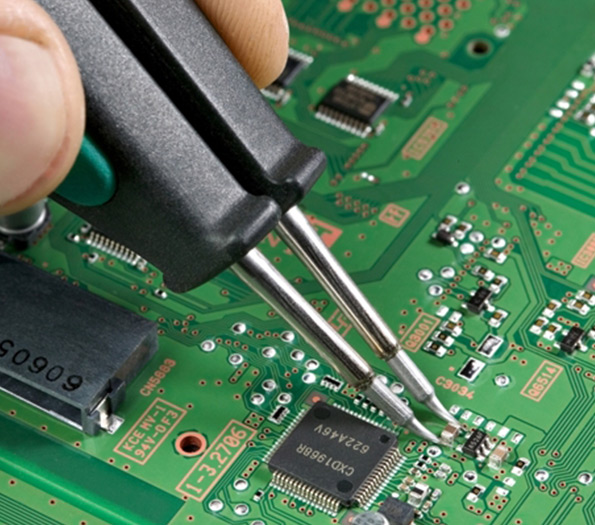

The Evolution and Benefits of Annealed Float Glass
Annealed float glass, a cornerstone in the glass manufacturing industry, has become an essential material in various applications, from architecture to automotive design. Understanding its production process, properties, and advantages can illuminate why it remains a preferred choice for many builders and designers.
The Production Process
The journey of annealed float glass begins with silica sand, soda ash, and limestone, which are the primary raw materials. These ingredients are combined and heated to an extremely high temperature in a furnace, creating a molten glass. The unique float process involved in its production was developed in the mid-20th century. During this process, the molten glass is poured onto a bed of molten tin. This allows the glass to spread out and form an even, flat sheet as it cools. The tin provides a smooth surface that imparts a flawless finish, eliminating surface imperfections often found in other glass manufacturing methods.
Once the glass has floated and formed the desired thickness, it undergoes a controlled cooling process known as annealing. This gradual cooling helps relieve internal stresses in the glass, resulting in a product that is not only transparent but also has enhanced strength and stability. The end result is annealed float glass, known for its clarity and uniformity.
Characteristics of Annealed Float Glass
Annealed float glass is characterized by its high optical clarity, minimal distortion, and smooth surface finish. These attributes make it an excellent choice for various applications, including windows, mirrors, and display cases. Its ability to transmit light effectively enhances the aesthetic appeal of buildings, showcasing natural light while providing a sense of openness.

While annealed float glass is generally the least expensive form of glass available, it must be noted that its properties are different from those of tempered or laminated glass. It does not possess any special safety features, meaning that if broken, it shatters into sharp fragments. Therefore, when safety is a concern, particularly in high-risk areas, alternatives like tempered or laminated glass are recommended.
Benefits of Using Annealed Float Glass
One of the primary advantages of annealed float glass is its ease of fabrication. It can be cut, drilled, and polished without difficulty, making it a versatile option for manufacturers. Additionally, it can easily be coated or treated to improve its thermal insulation or solar control properties. This adaptability makes annealed float glass a go-to choice for many construction and interior design projects.
Another benefit is its environmental impact. Annealed float glass is recyclable and can be reprocessed into new glass products with minimal energy consumption compared to raw material processing. This aligns well with sustainable building practices aimed at reducing environmental footprints.
Conclusion
In summary, annealed float glass is a vital material in the glass industry known for its excellent optical clarity, ease of fabrication, and recyclability. While it is inherently less safe than its tempered counterparts, its widespread use continues to be supported by its affordability and versatility. As architectural trends evolve and demands for innovative designs continue, the importance of understanding and utilizing annealed float glass remains paramount. Its role in creating both functional and aesthetically pleasing structures will undoubtedly endure in the fabric of modern building practices.